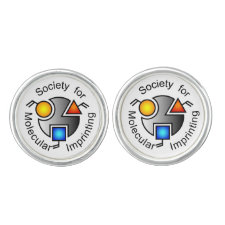
Authors: Goud KY, Kalisa SK, Kumar V, Tsang YF, Lee SE, Gobi KV, Kim KH
Article Title: Progress on nanostructured electrochemical sensors and their recognition elements for detection of mycotoxins: A review.
Publication date: 2018
Journal: Biosensors and Bioelectronics
Volume: 121
Page numbers: 205-222.
DOI: 10.1016/j.bios.2018.08.029
Alternative URL: http://www.sciencedirect.com/science/article/pii/S0956566318306262
Abstract: Nanomaterial-embedded sensors have been developed and applied to monitor various targets. Mycotoxins are fungal secondary metabolites that can exert carcinogenic, mutagenic, teratogenic, immunotoxic, and estrogenic effects on humans and animals. Consequently, the need for the proper regulation on foodstuff and feed materials has been recognized from times long past. This review provides an overview of recent developments in electrochemical sensors and biosensors employed for the detection of mycotoxins. Basic aspects of the toxicity of mycotoxins and the implications of their detection are comprehensively discussed. Furthermore, the development of different molecular recognition elements and nanomaterials required for the detection of mycotoxins (such as portable biosensing systems for point-of-care analysis) is described. The current capabilities, limitations, and future challenges in mycotoxin detection and analysis are also addressed
Template and target information: Review - nanostructured electrochemical sensors for mycotoxin detection
Author keywords: electrochemical sensors, Biosensors, mycotoxins, Aptamers, antibodies, Molecularly imprinted polymers, Aflatoxins, ochratoxins, zearalenone, Graphene, carbon nanotubes, Metal nanoparticles



Join the Society for Molecular Imprinting

New items RSS feed
Sign-up for e-mail updates:
Choose between receiving an occasional newsletter or more frequent e-mail alerts.
Click here to go to the sign-up page.
Is your name elemental or peptidic? Enter your name and find out by clicking either of the buttons below!
Other products you may like:
 MIPdatabase
MIPdatabase









